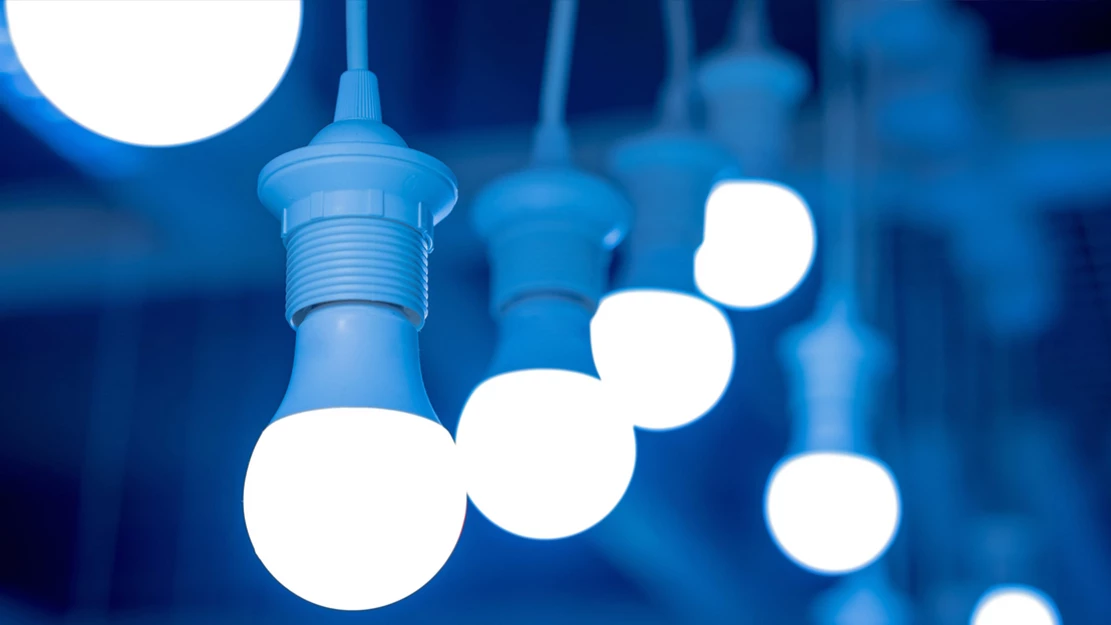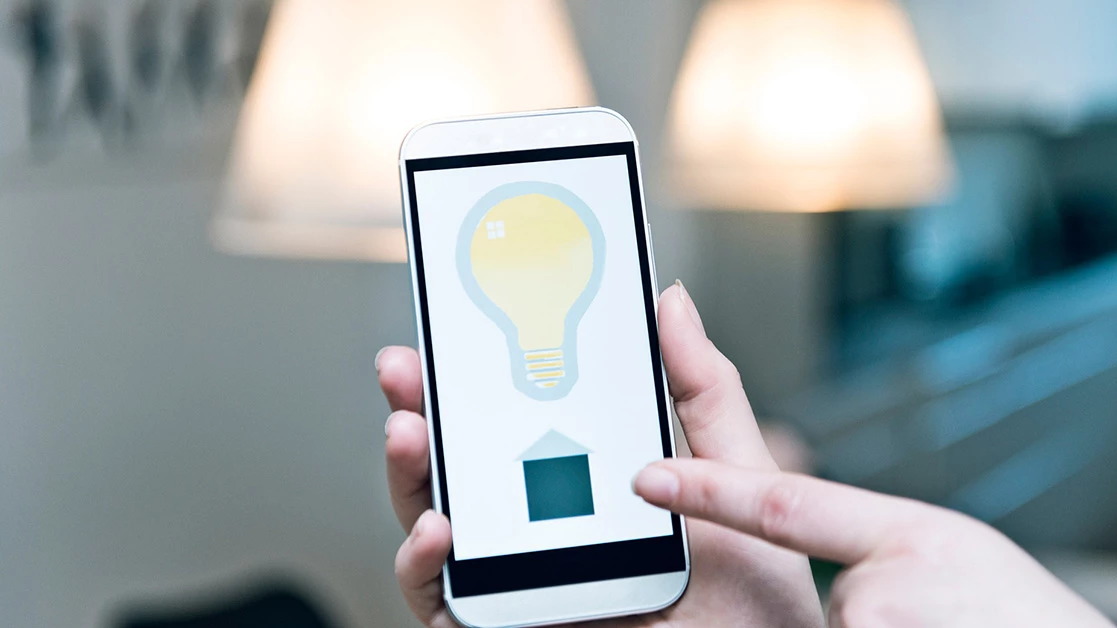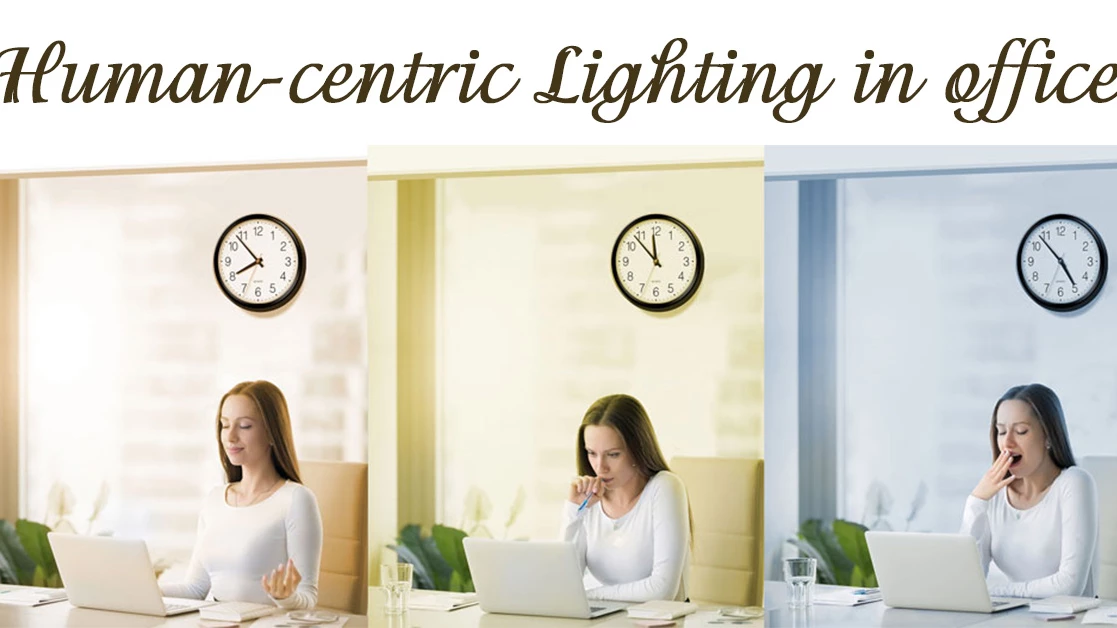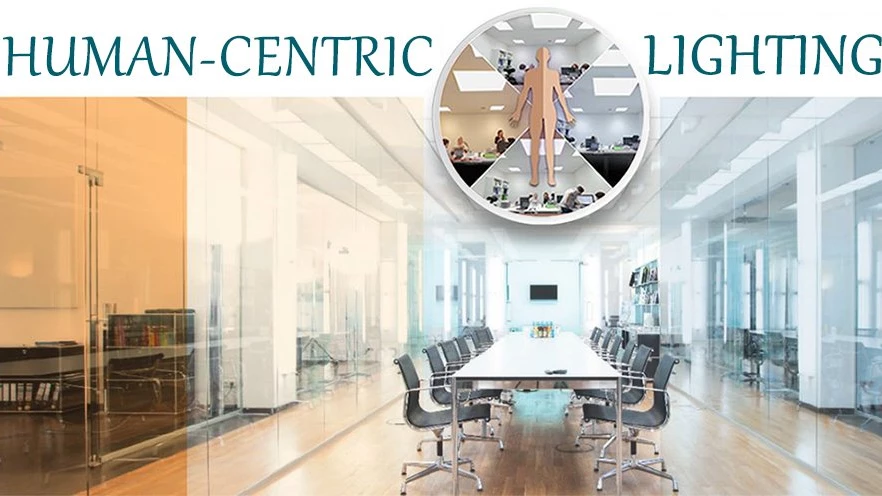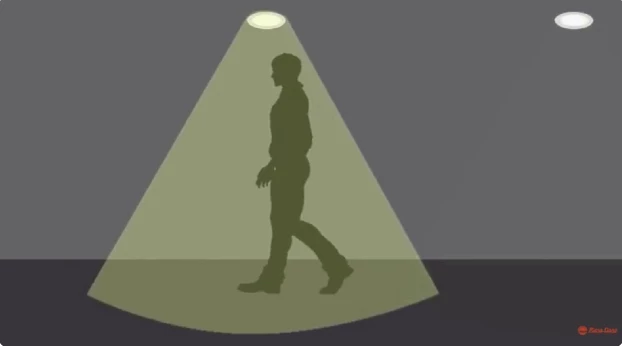
Circadian lighting and its impact on human body rhythm
By adjusting the light sources, including their intensity and color, we can mimic a sun-like path throughout the day, thus creating a perfect ambiance for indoor space. To understand what the impacts of circadian lighting are on our body rhythms, please check the following article for more details.

An illustration of the sun's path on a typical day.
What is circadian lighting?
There is a biological clock in each human body that tells us when to sleep and when to wake up. This clock is scientifically referred to as circadian rhythms. They are strongly influenced by the light transferred through our eyes. At sunset, the body clock tells us it’s time to sleep, while in the morning, the sunrise lights trigger us to wake up to start a new day.
Circadian lighting refers to artificial lighting designed to leave an impact on the human circadian system and help us have a healthy body clock. Thanks to that, we can restrain the unexpected diseases caused by disorders of circadian rhythm.
Impact on circadian rhythms
Many studies have shown that the disorder of body rhythm can cause diseases such as sleeplessness, cancer, or depression. Those who often work under lighting at night will have a shorter lifespan than those who do not. And too strong light at night can cause sleep disorders.
The rationale of this phenomenon lies in the hypothalamus, a brain cell functioning to release cortisol and melatonin which aid us to be alert and asleep, respectively. The light contains much blue in high intensity will help the brain produce cortisol, making us more alert and attentive which would improve our working and studying effectiveness. In contrast, if the red and yellow contents in the light are higher, at low intensity, the hypothalamus will release melatonin to help us fall asleep.
Realizing the effect of artificial lighting on human health, scientists solve this problem by setting up circadian lighting, an electric light used to support human health by minimizing the effect of light on our circadian rhythm. In detail, we can adjust color, and dim intensity better to match our body’s natural daytime and nighttime signals. This solution is also called human-centric lighting that we may see often.
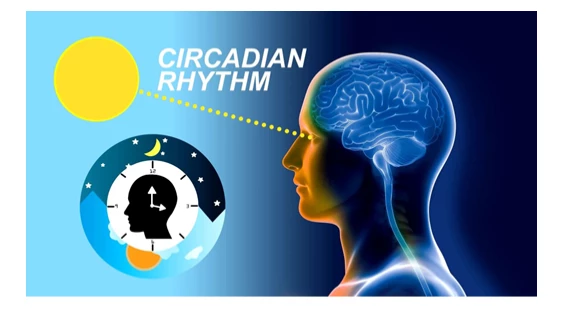
Circadian rhythm modulates our wake-up and sleeping.
Intensity tuning
This method involves dimming the intensity of the light source that correlates with the time of day. In the early morning, the lighting system is set at a lower intensity, transitions to a higher intensity till noon, then reduces to the lower intensity in the afternoon, like an artificial sun path during the day.
Correlated color temperature (CCT)
Correlated color temperature (CCT) is a quantity featuring the absolute temperature of a light source, ranging between 1,000K and 10,000K. For most white light sources, we divide CCT into three popular types, warm white 2700K-3500K, neutral white > 3500K-5000K, and cool white > 5000K-6500K. Lighting manufacturers can make a light source by switching CCT or tuning CCT. We can change the CCT via programmed scenarios to match our spaces.
The CCT change can inspire human emotion like feeling homely under warm white, feeling alert under cool white. Alternatively, we can mix multicolors to create an impressive lighting scene for our birthday party: red, green, blue, and yellow, all together shine and flicker to celebrate our special days.
Color tuning
Color tuning is the process of changing both light intensity and correlated color temperature (CCT) to mirror the colors of the daytime and nighttime cycle. This method is the best simulation of a typical sun path in a day.
The lower intensity and warm white are at sunrise and sunset. Light intensity rises gradually by noon along with CCT changing from warm white to cool white. As much as 30 percent intensity and warm white at noon are suitable for a good nap, then intensity changes rapidly to cool white at 100 percent for attention and alertness.
After that, the intensity subdues gradually to a 30-percent brightness at sunset with warm white, like a real sun path. Throughout the day, circadian lighting systems can return us to nature and experience as if we are outdoors in the environment.
Benefits of Circadian Lighting
Health and Well-Being
We spend too much time inside, so we lack natural light to maintain our health. Luckily, using circadian lighting can provide us with sure ways to alleviate this problem. It can help us aid our biological clock by mimicking daytime light, improving our sleep, mood, and our overall sense of well-being. However, if we have time, we should enjoy outside at least 3 hours per day.

A hospital in Australia has applied human-centric lighting in caring for patients.
Productivity
Scientists have proven that blue content in light can make us alert and attentive, thus improving our working and studying productivity. That’s why offices, factories, and schools maintain the cool white which has higher blue content during the working and studying time. At noon, the light should be changed into warm white which contains less blue and more yellow and red. The warm white with lower intensity can support our sleep.
If we work creative jobs, let’s go outside more to break through our brains and create new things as much as possible.
Sleep and Circadian Lighting
It is a fact that we tend to spend most of our time indoors using artificial lighting which contains constant intensity and color temperature, even in the evening. So our body clock does not understand when to tell us to sleep or to wake up. From time to time, this causes sleep disorders, leading to depression and many other diseases.
When a light passes through our eyes, it sends signals to the hypothalamus in our brain. This cell will release cortisol to help us be alert and attentive if the light contains much blue content, and release melatonin to make us asleep in case the content of red and yellow in the exposed light is higher and the intensity is low. Therefore, when preparing to sleep, we should make sure to dim the lights and change the color to aid in the release of melatonin.
Every cell in the body contains a clock that can feedback on the impact of ambiance to keep us in sync with the environment. So, we should spend time interacting with nature and exposing ourselves to the tender sunshine.
Should you have any questions or request a quotation of Rang Dong products, please send us an email to: export@rangdong.com.vn.
Websites: en.rangdong.com.vn and vacuumflask.rangdong.com.vn.





